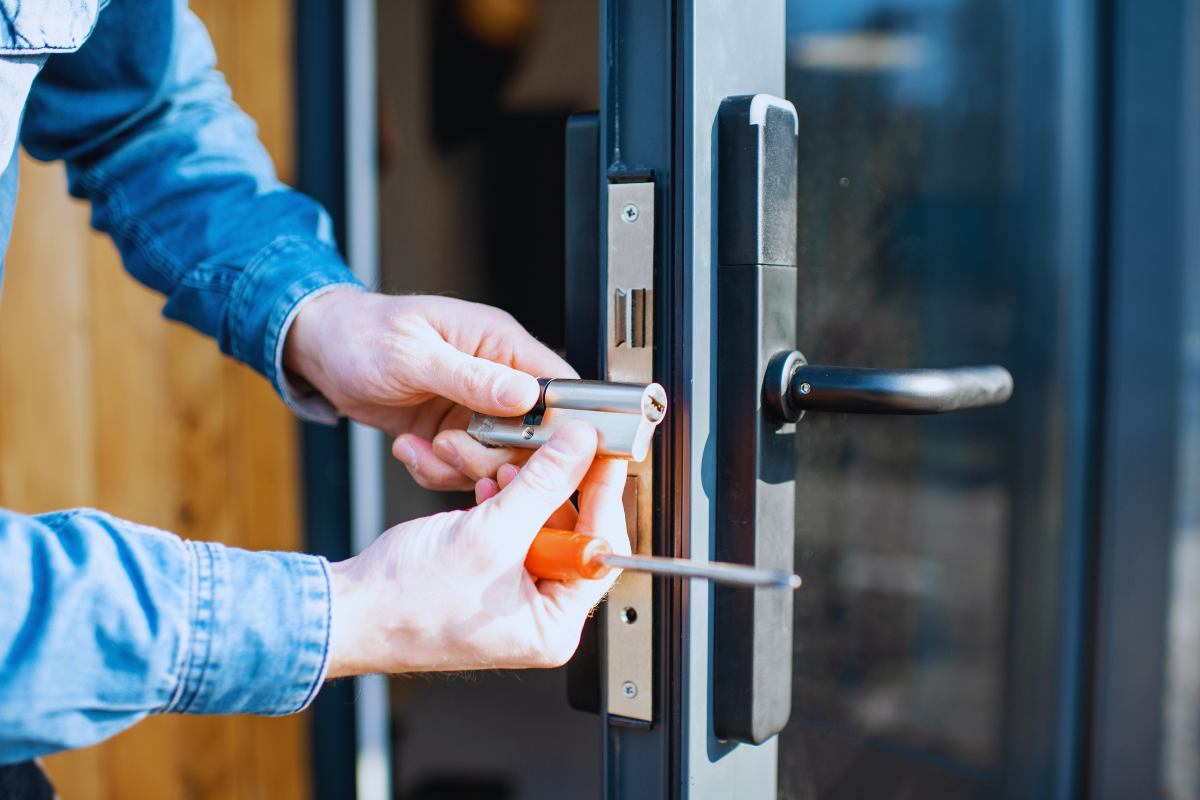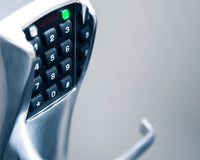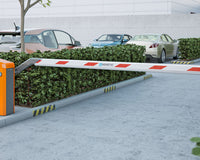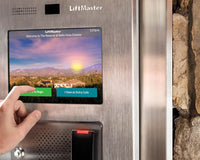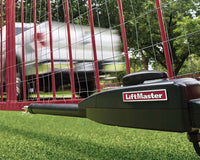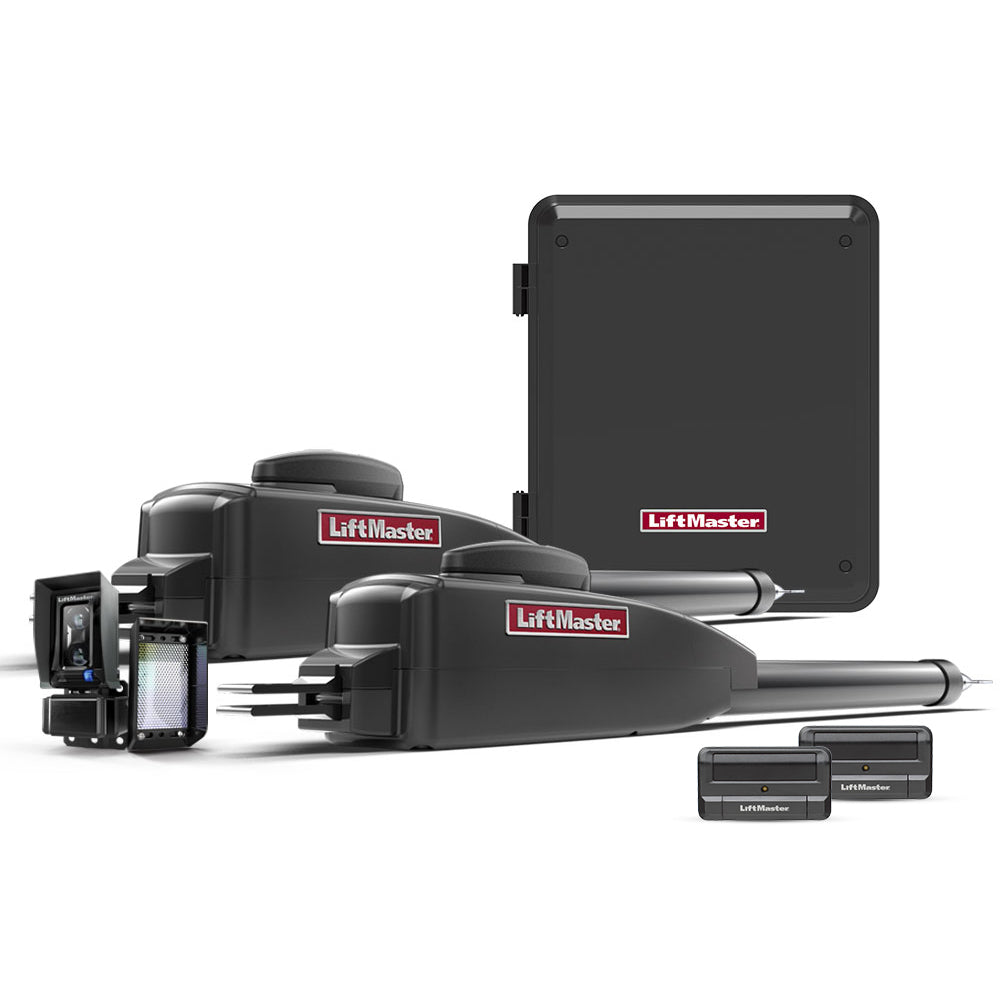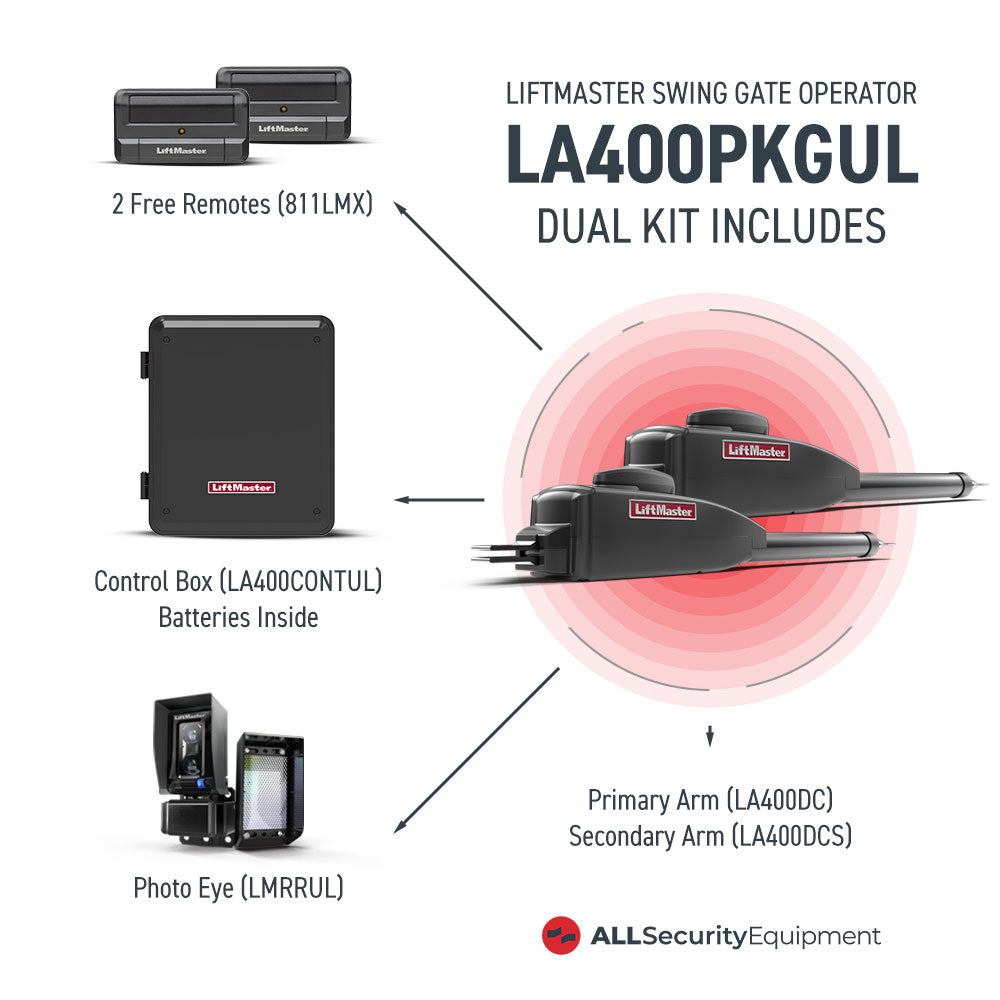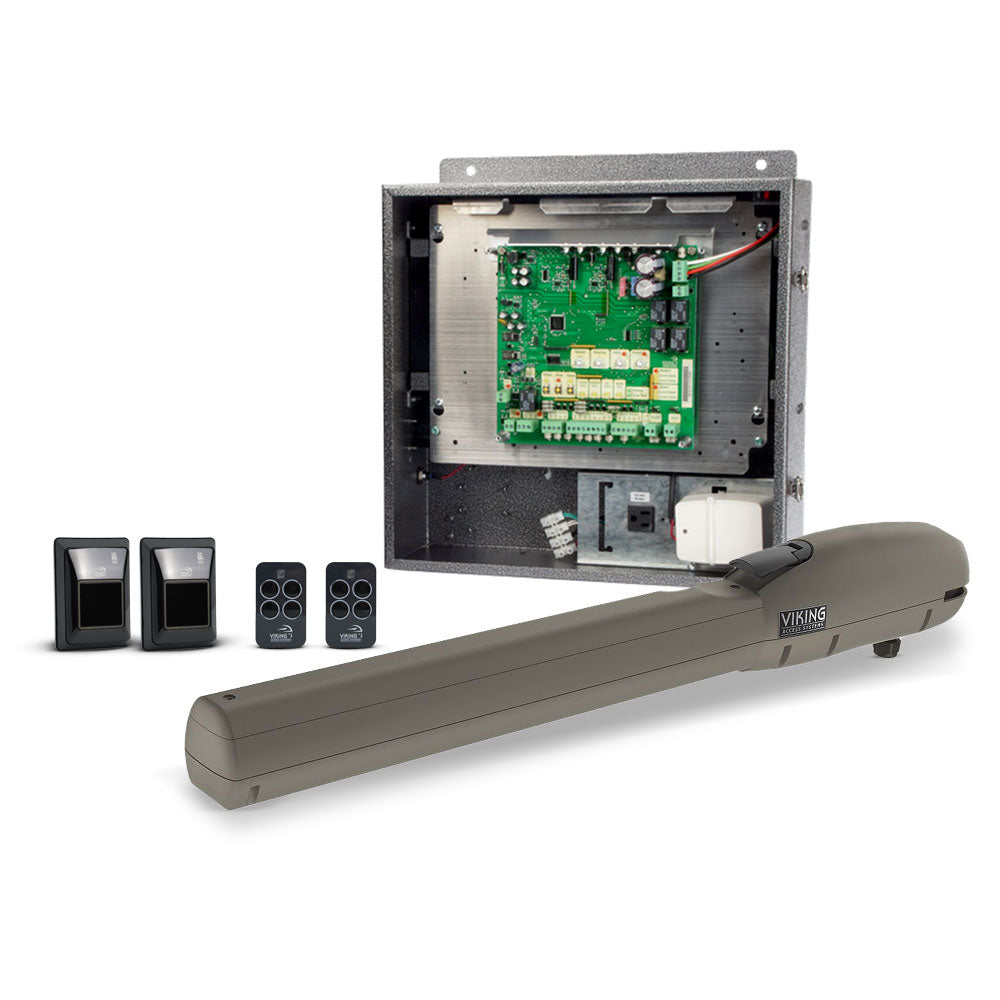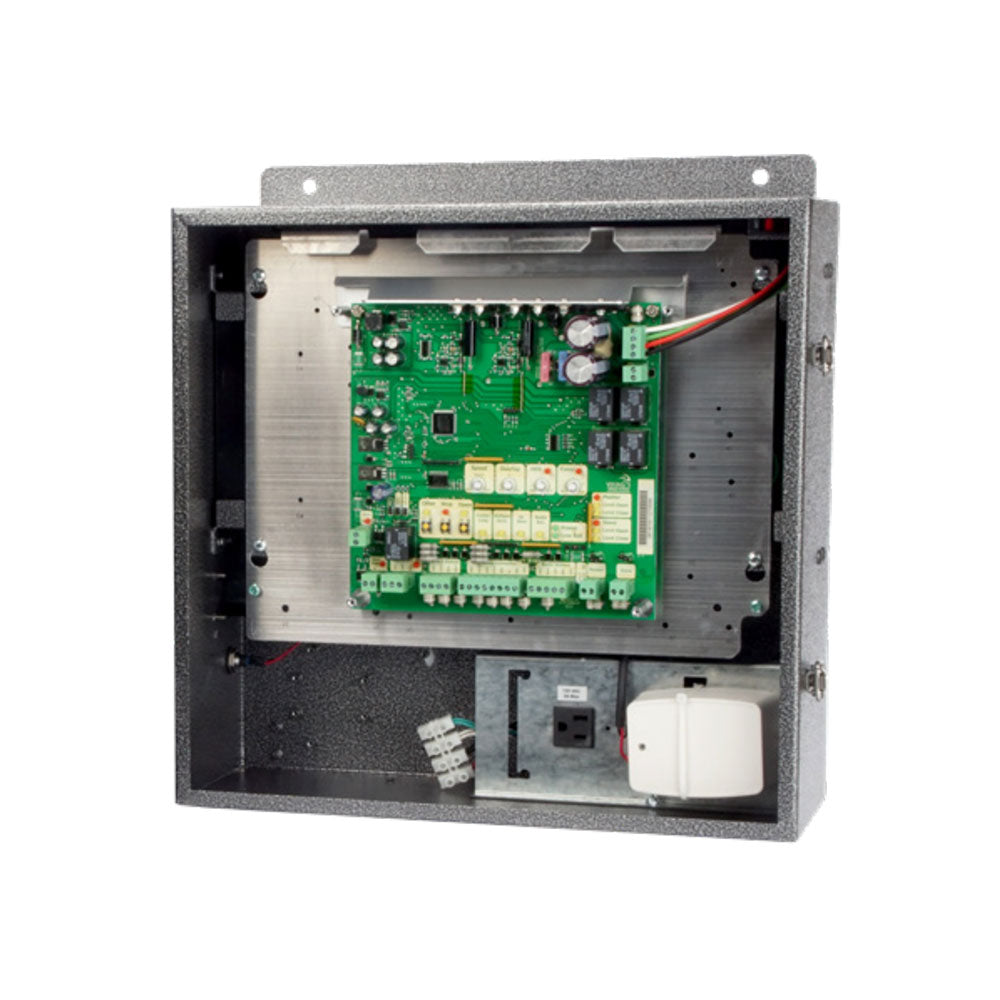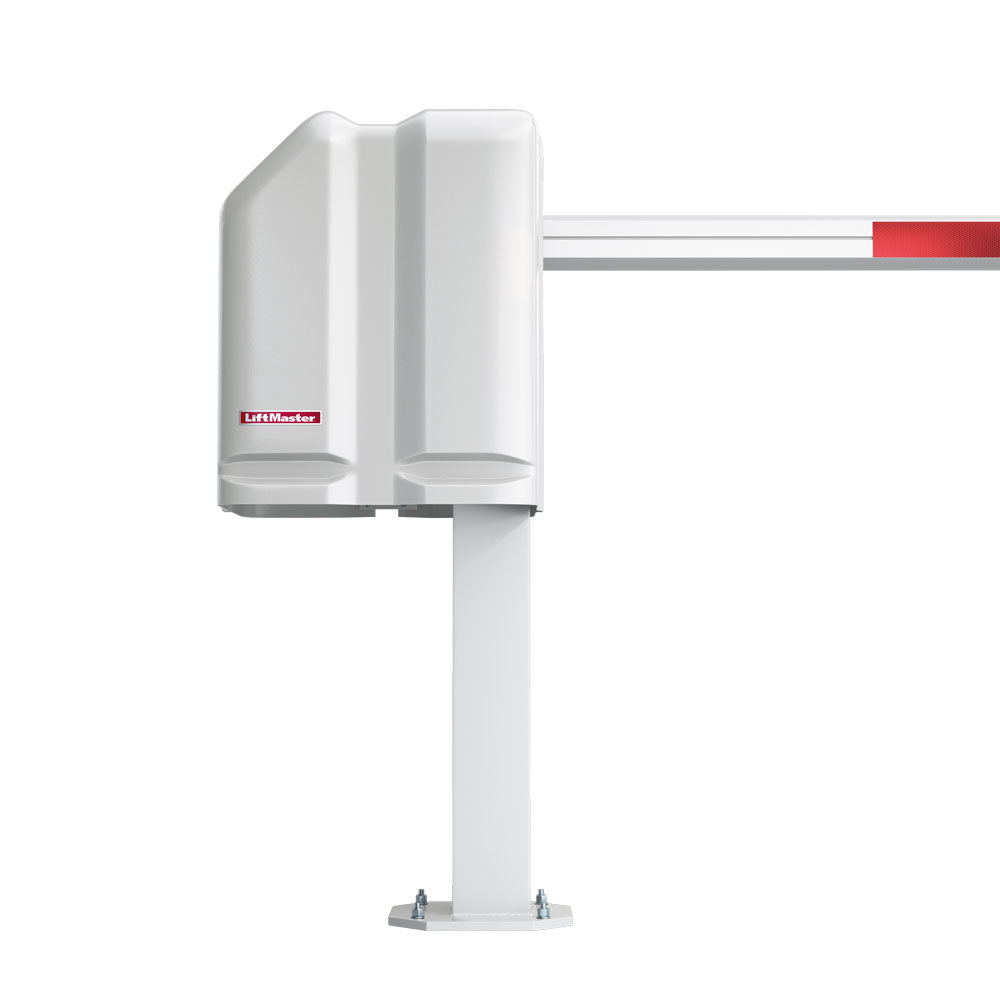When it comes to summer travel, most people plan for everything—flights, hotel bookings, sunscreen—but overlook the most basic protection: how to keep your home secure while you’re away. Smart cameras and alarms are great, but none of it matters if your lock fails due to extreme heat or a storm surge.
That’s where weatherproof locks and smart lock systems step in. Designed to resist the effects of high temperatures, humidity, rain, and UV damage, these modern locks combine durability with convenience—giving you remote control and real-time insights while you relax poolside or road trip across the state.
Why Regular Locks Fall Short in Summer
Traditional locks aren't built with weather in mind. Most are made from untreated metal or plastic components that perform just fine in mild conditions. But in summer, especially in southern or coastal states, they’re exposed to:
-
Direct sun and UV damage, causing materials to warp or fade
-
Heat expansion, which can make keys stick or bolts misalign
-
Humidity and rain, leading to rust or corrosion in the internal mechanism
-
Storm debris, which can clog or damage exposed keyholes and latches
These weaknesses create ideal conditions for both lock failure and break-ins. Thieves often take advantage of properties left vulnerable by warped doors, broken gate latches, or corroded padlocks.
Weatherproof locks, by contrast, are designed to handle all of the above. Products with stainless steel shackles, vinyl-coated bodies, and sealed internal components prevent rust and mechanical failure—even after weeks of high heat or storm exposure.
Need options? Check out our blog on the best weatherproof locks for outdoor use this summer to find products for doors, gates, sheds, and more.
What to Look for in a Smart Lock Built for Summer
Smart locks may be sleek and high-tech, but they’re not all made for outdoor or high-heat conditions. If you're relying on your lock while you're hundreds of miles away, it needs to offer more than just Bluetooth pairing.
Here are five critical features to prioritize in smart locks for summer:
1. High-Temperature Tolerance
Look for operating ranges between -20°C to 60°C (or higher). In direct sunlight, your doorframe may reach over 120°F—far beyond what most indoor electronics are rated for.
2. Weather-Sealed Housings
Rubber gaskets, IP65+ waterproofing, and dustproof sealing prevent failures from moisture and airborne grit—especially important if your lock is on an outer gate or exposed front door.
3. Power Options Beyond Batteries
Battery-powered smart locks are convenient, but some struggle with heat. A solar-powered or low-power standby option (paired with frequent battery checks) helps reduce risk during heatwaves.
4. Offline Access Modes
What if your Wi-Fi drops during a storm? Look for smart locks with backup PIN pads or RFID access so visitors or service workers can still enter with an assigned code.
5. Secure Logging and Notifications
Remote logging isn't just for convenience—it’s a security layer. Modern locks should notify you of failed access attempts, unlocked status, or scheduled auto-locks so you don’t have to guess.
Where to Use Weatherproof Locks (Besides the Front Door)
Don’t make the mistake of upgrading your main door and forgetting the rest. A security system is only as strong as its most ignored access point.
Here are five outdoor areas that benefit just as much from weatherproof locks:
-
Pool gates – especially when closed access is required during vacation
-
Garden sheds – a favorite target for opportunistic thieves
-
Detached garages or workshops – often left unlocked and unmonitored
-
Fence gates – where a loose latch invites more than wind damage
-
RV hookups or toolboxes – many use low-grade locks that rust quickly
Products like keyed-alike weatherproof padlocks are ideal here. They reduce the number of keys you need while keeping all external entry points under control.
What Happens When Locks Fail While You're Away?
Imagine this: You’re out of town for a week. Midway through your trip, a summer storm hits your area. Power flickers. Rain pours. Your front gate’s magnetic lock shorts out and the latch springs open.
At first, it doesn’t seem like a big deal—until you get a security alert that your smart lock is no longer connected. You call your neighbor, who walks over and sees the gate swinging open. By the time they secure it, tools have already been taken from the backyard shed.
Scenarios like this are more common than you'd think—and not just in hurricane zones. Most modern smart home breaches start with basic mechanical failures. A corroded lock. A failed battery. A loose gate hinge.
All preventable with a $30–$200 weatherproof lock installed in the right place.
Combine smart locking with secure perimeter access using automatic gate openers and control systems designed to perform even during power outages and rain.
If You Do Nothing Else—Do This Before Vacation
We’re not giving you a checklist—but here’s a final reminder that weather isn’t just a passive threat. It actively damages locks and creates openings for security breaches.
If you do nothing else before leaving for vacation, test every entry point, tighten your outdoor hardware, replace rusted or loose locks, and install a smart lock that can alert you when something’s wrong.
Because when the storm hits, or the battery drains, or someone tries to force their way in—you’ll want your locks to do their job, without you needing to be there.
Ready to upgrade? Explore our full collection of smart and weatherproof locks to prep your home for summer security success.

